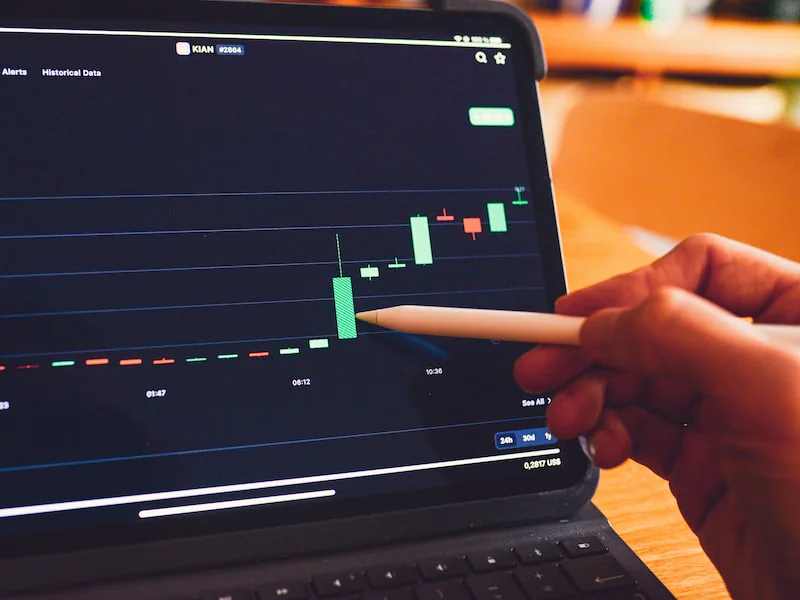20 ChatGPT Prompts For Workflow Automation
October 10, 2023
Automating your workflow is one of the highest ROI decisions you can make. Below are 20 prompts to help you get more work done.

1. Automation Readiness Analysis
Delve into how to assess your workflow’s readiness for automation. How can identifying repetitive, rule-based tasks, and quantifying time spent on them inform prioritization of automation initiatives?
2. Process Mapping Essentials
Explore the fundamentals of creating detailed process maps as a precursor to automation. How does visualizing every step, decision point, and variation provide a blueprint for effective automation implementation?
3. Scalable Automation Architecture
Discuss the importance of building scalable automation architecture. How can creating modular, adaptable, and scalable solutions ensure long-term viability and flexibility of automated workflows?
4. Error Handling Strategies
Investigate the strategies for robust error handling in automated workflows. How can building in alerts, fallbacks, and recovery mechanisms maintain workflow integrity and minimize disruptions?
5. Data Integrity Maintenance
Explore techniques to maintain data integrity during automation. How can validation checks, data cleaning, and consistent formatting ensure accuracy and reliability of data processed by automated workflows?
6. User-Centric Design Principles
Discuss the importance of user-centric design in automation. How does understanding user needs, preferences, and behavior ensure the creation of intuitive, user-friendly automated workflows?
7. Automation ROI Calculation
Delve into methods for calculating the Return on Investment (ROI) of automation initiatives. How can quantifying time savings, error reduction, and productivity gains justify automation investments?
8. Integration Best Practices
Explore best practices for integrating various tools and systems in automated workflows. How can seamless integration of disparate systems enhance workflow efficiency and data flow?
9. Automation Maintenance Protocols
Discuss protocols for maintaining and updating automated workflows. How can regular reviews, updates, and optimizations ensure the continued relevance and effectiveness of automation solutions?
10. User Training and Adoption
Investigate strategies for effective user training and adoption of automated workflows. How can tailored training, support, and user feedback incorporation facilitate smooth transition to automated processes?
11. Security and Compliance Standards
Explore the essential security and compliance standards in workflow automation. How can implementing encryption, access controls, and audit logs ensure the safety and compliance of automated workflows?
12. Optimized Task Allocation
Discuss methods for optimizing task allocation between humans and automation. How can assigning cognitive tasks to humans and repetitive tasks to automation maximize overall workflow efficiency?
13. Continuous Improvement Approach
Delve into the principles of continuous improvement in automated workflows. How can regular assessment, feedback incorporation, and iterative improvements enhance automation effectiveness?
14. Failure Recovery Mechanisms
Explore strategies for developing robust failure recovery mechanisms in automation. How can defining clear recovery steps and automating resolution tasks minimize downtime and disruptions?
15. Robust Documentation Practices
Discuss the importance of creating thorough documentation for automated workflows. How can detailed, clear, and accessible documentation support maintenance, troubleshooting, and knowledge transfer?
16. Performance Monitoring Metrics
Investigate key metrics for monitoring the performance of automated workflows. How can tracking efficiency, accuracy, and reliability metrics inform improvements and optimizations?
17. Scalability Evaluation Techniques
Explore methods for evaluating the scalability of automated workflows. How can assessing adaptability, modularity, and expandability ensure that automation solutions can grow with business needs?
18. User Feedback Integration
Discuss strategies for integrating user feedback into automated workflow development. How can understanding user needs, pain points, and suggestions inform enhancements and user satisfaction?
19. Proactive Problem Resolution
Delve into proactive strategies for resolving problems in automated workflows. How can monitoring, alerting, and automated resolution mechanisms anticipate and address issues before they impact users?
20. Customization and Flexibility
Explore the role of customization and flexibility in automated workflow design. How can creating configurable, adaptable solutions meet diverse user needs and accommodate changes in business processes?





